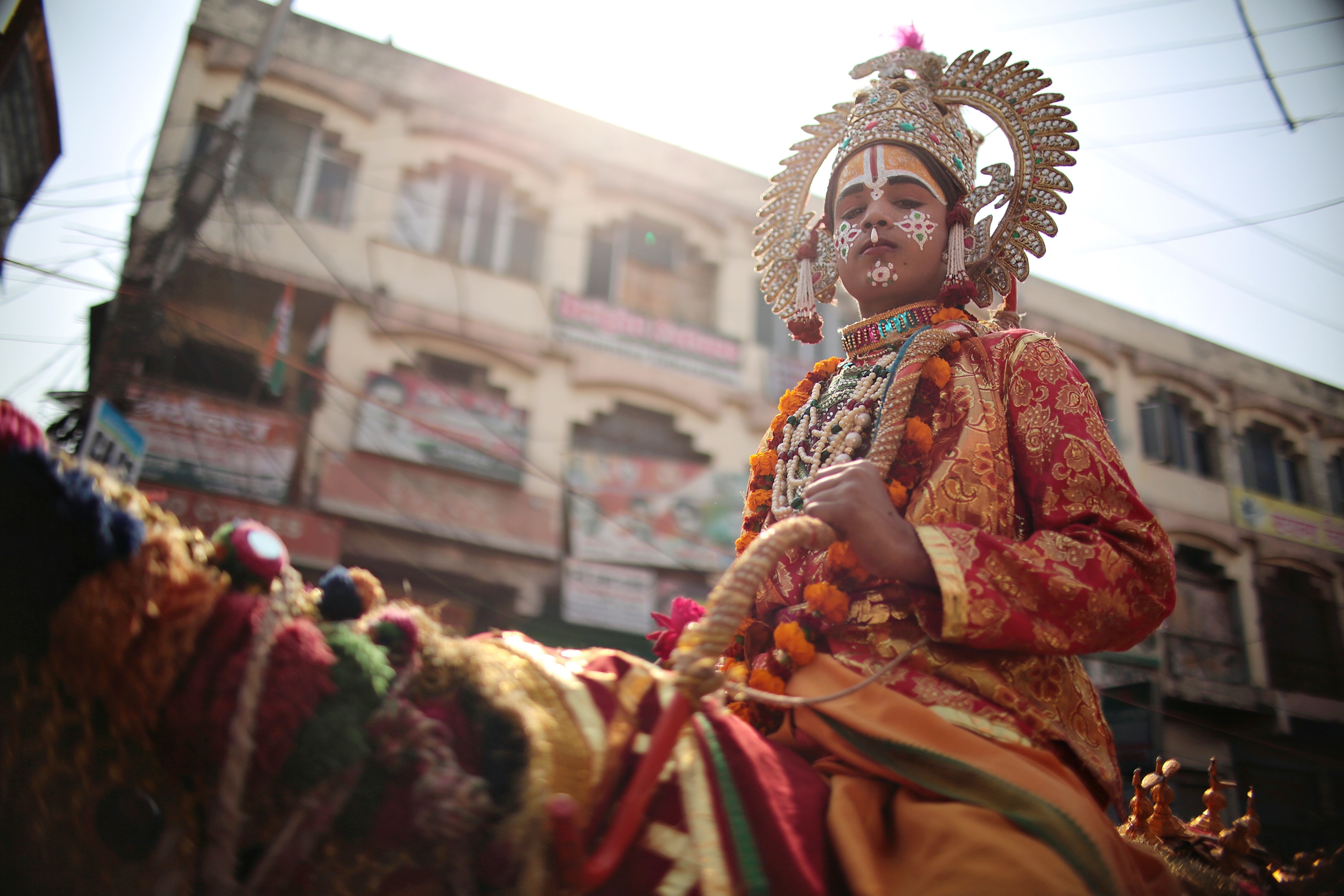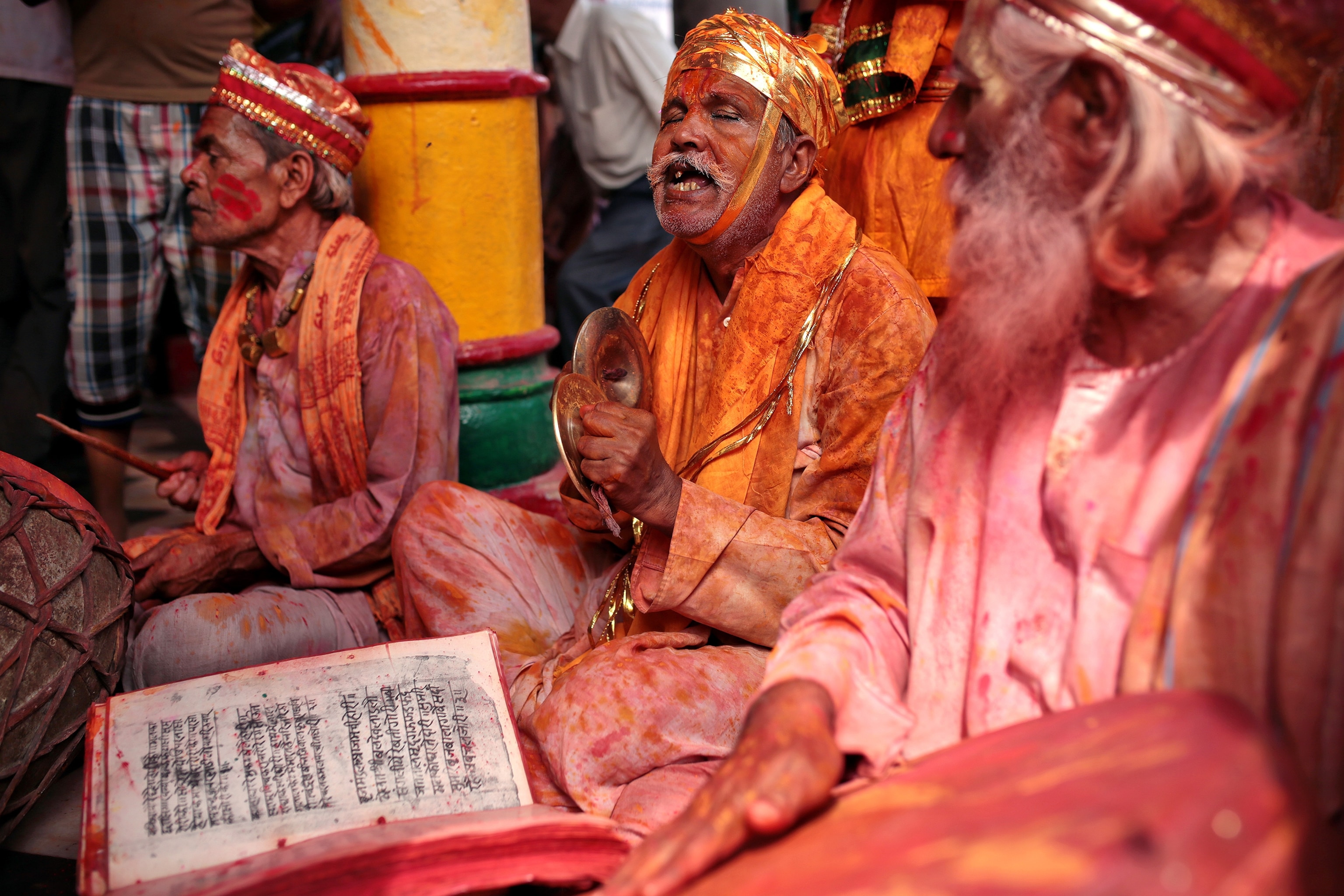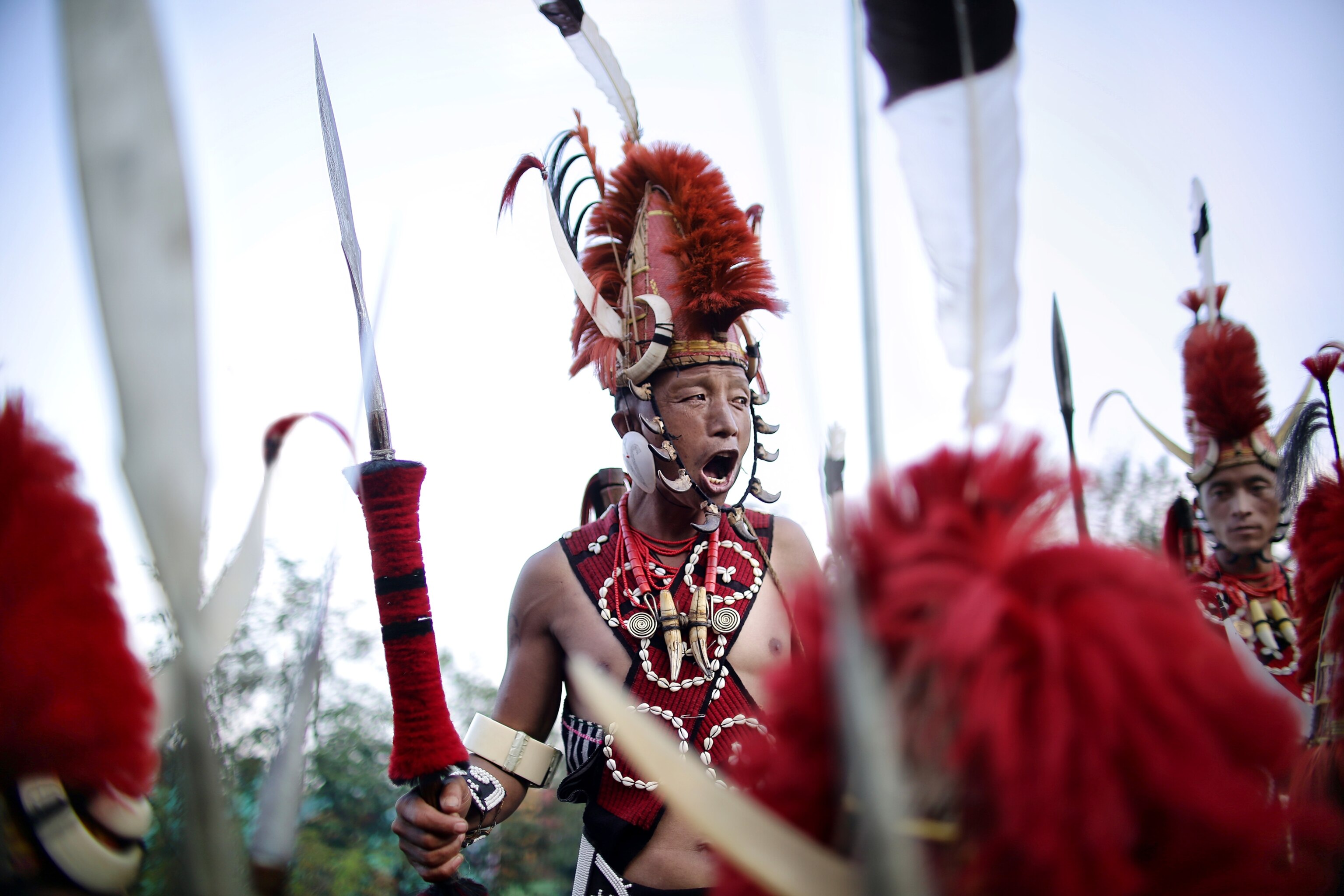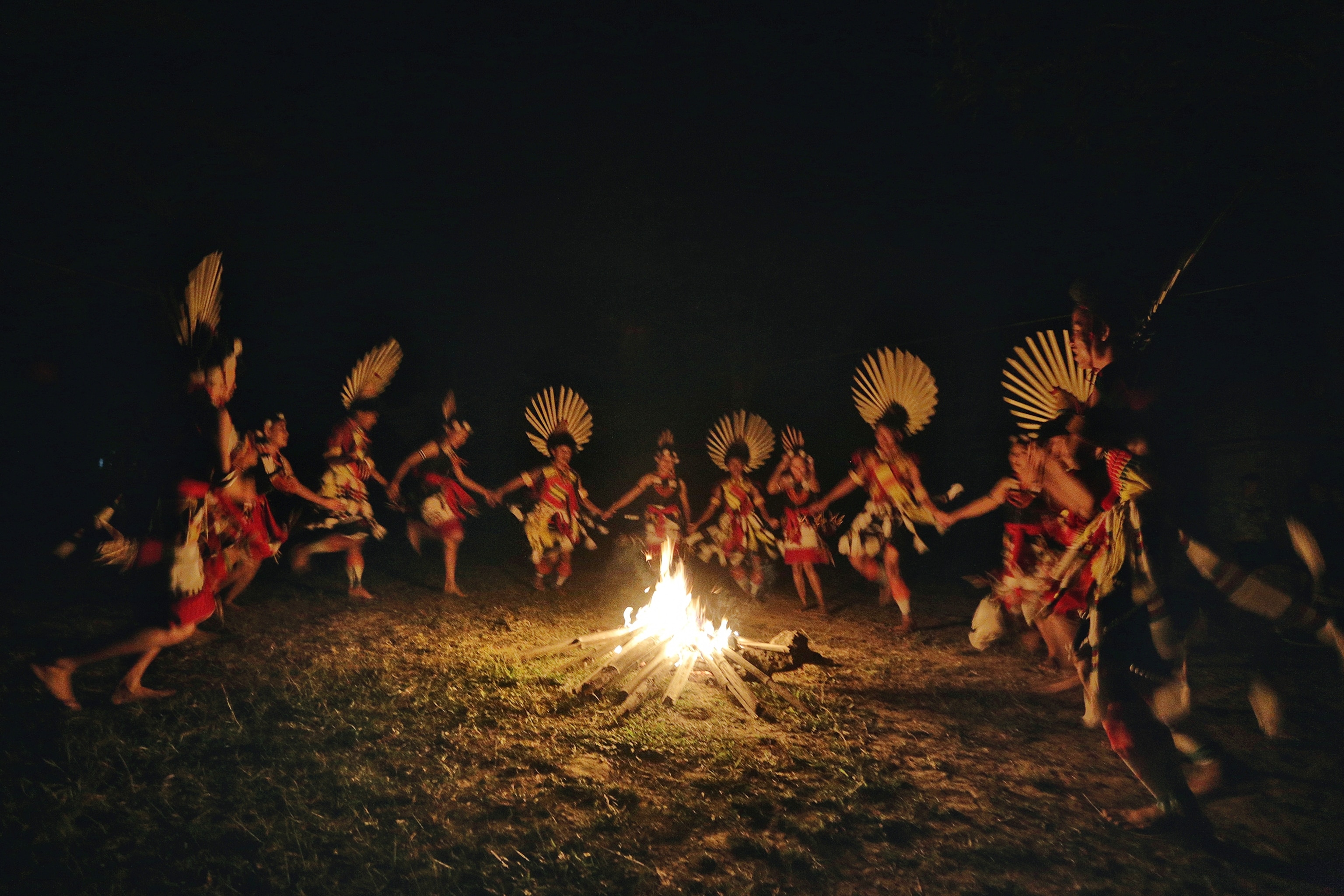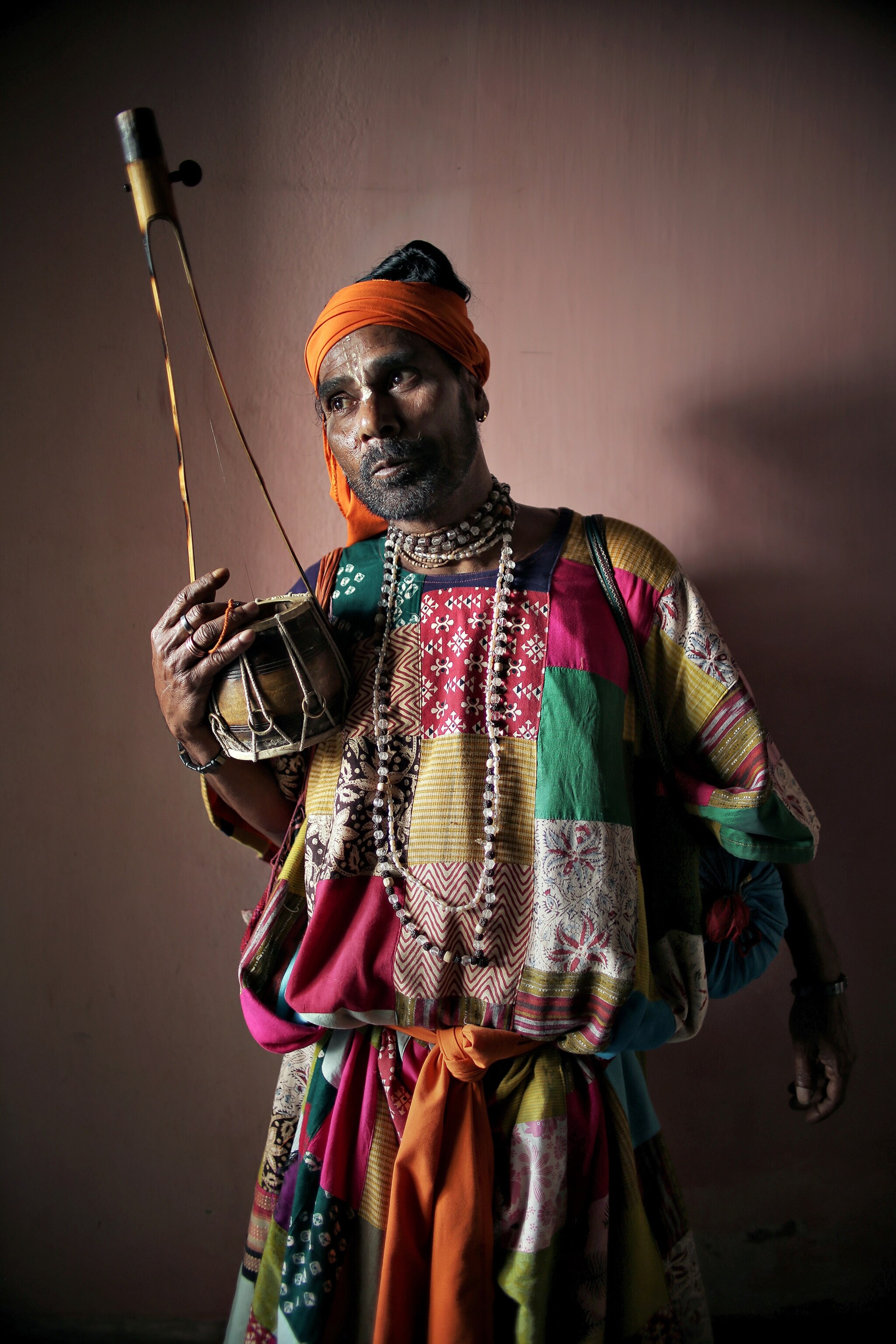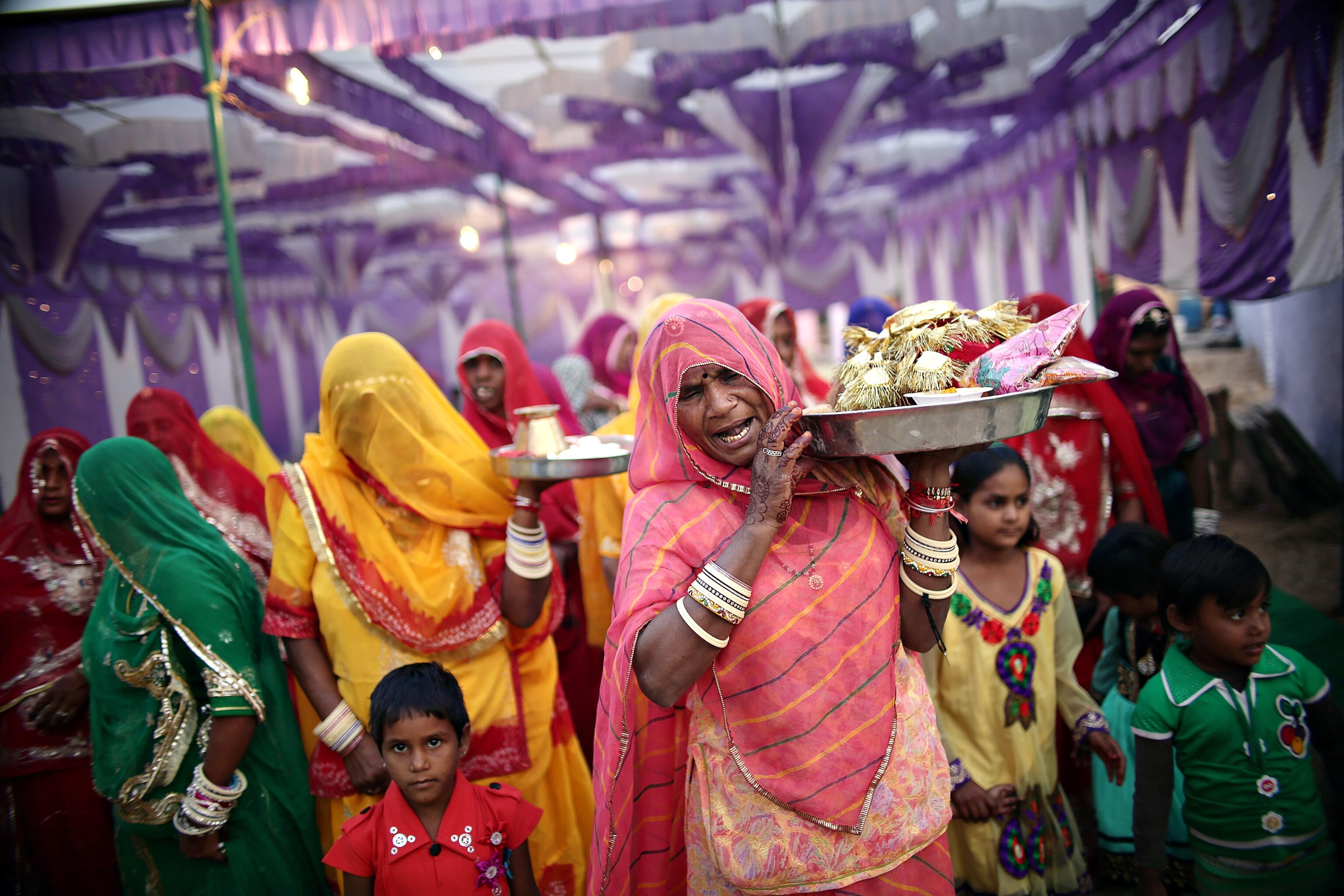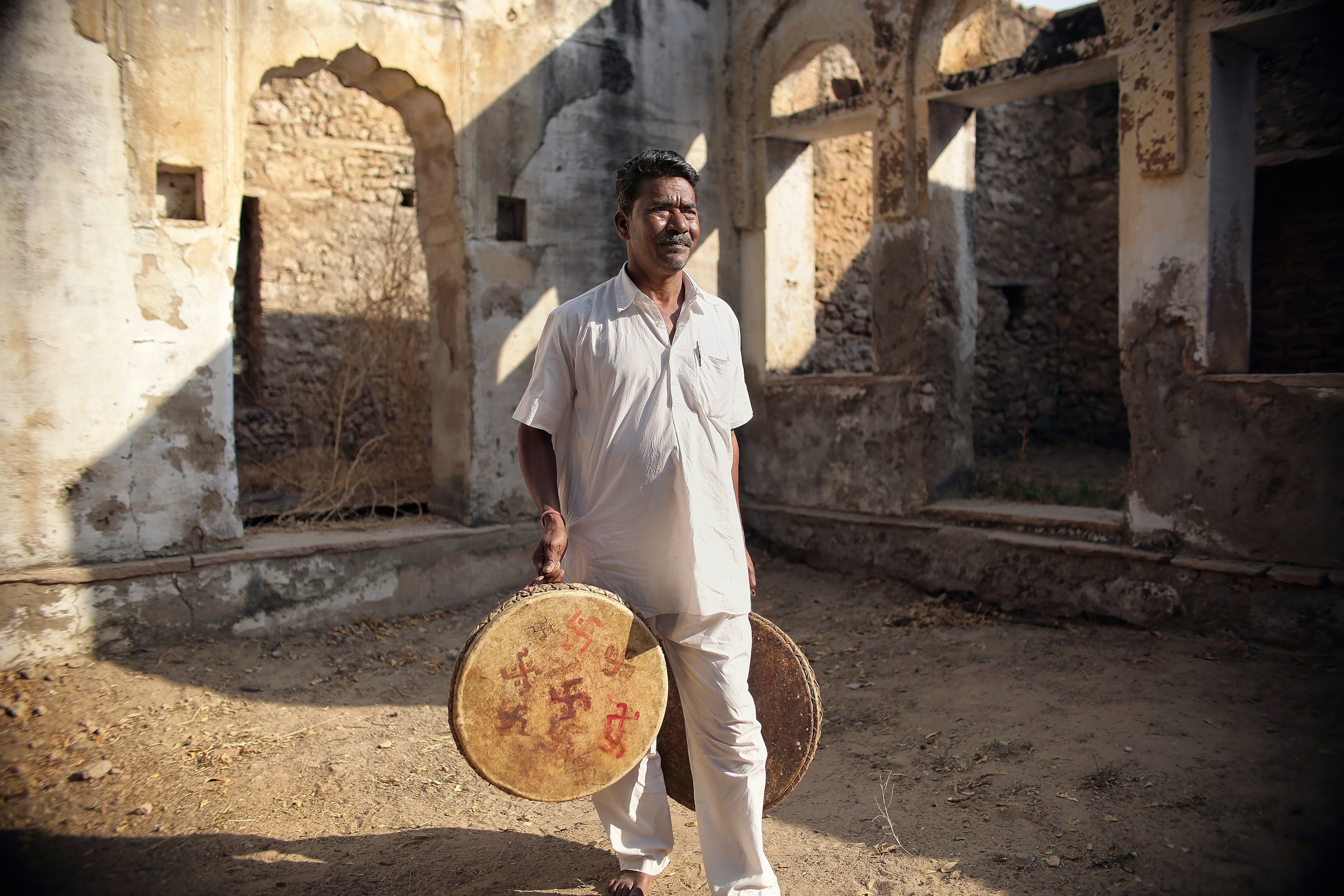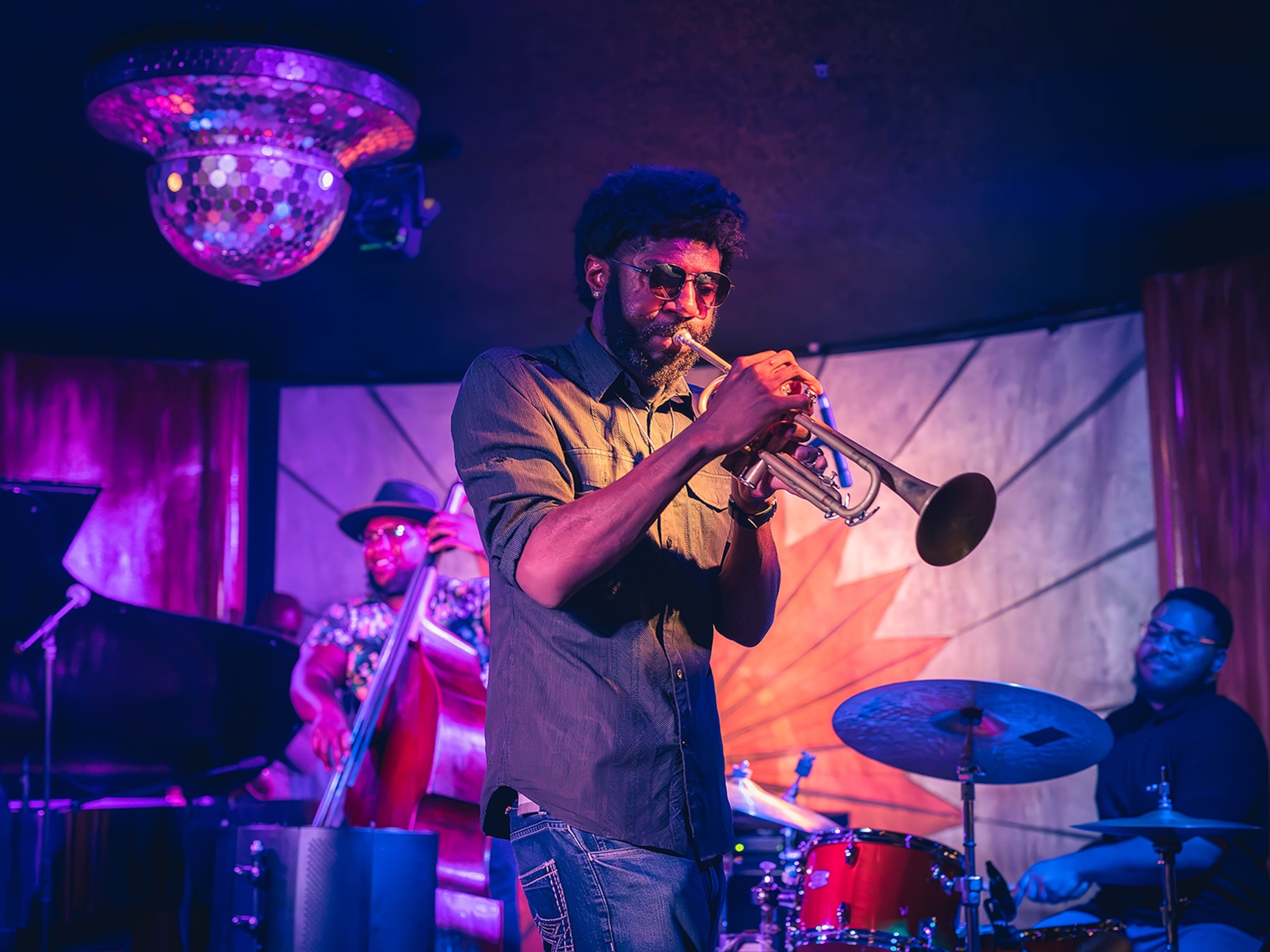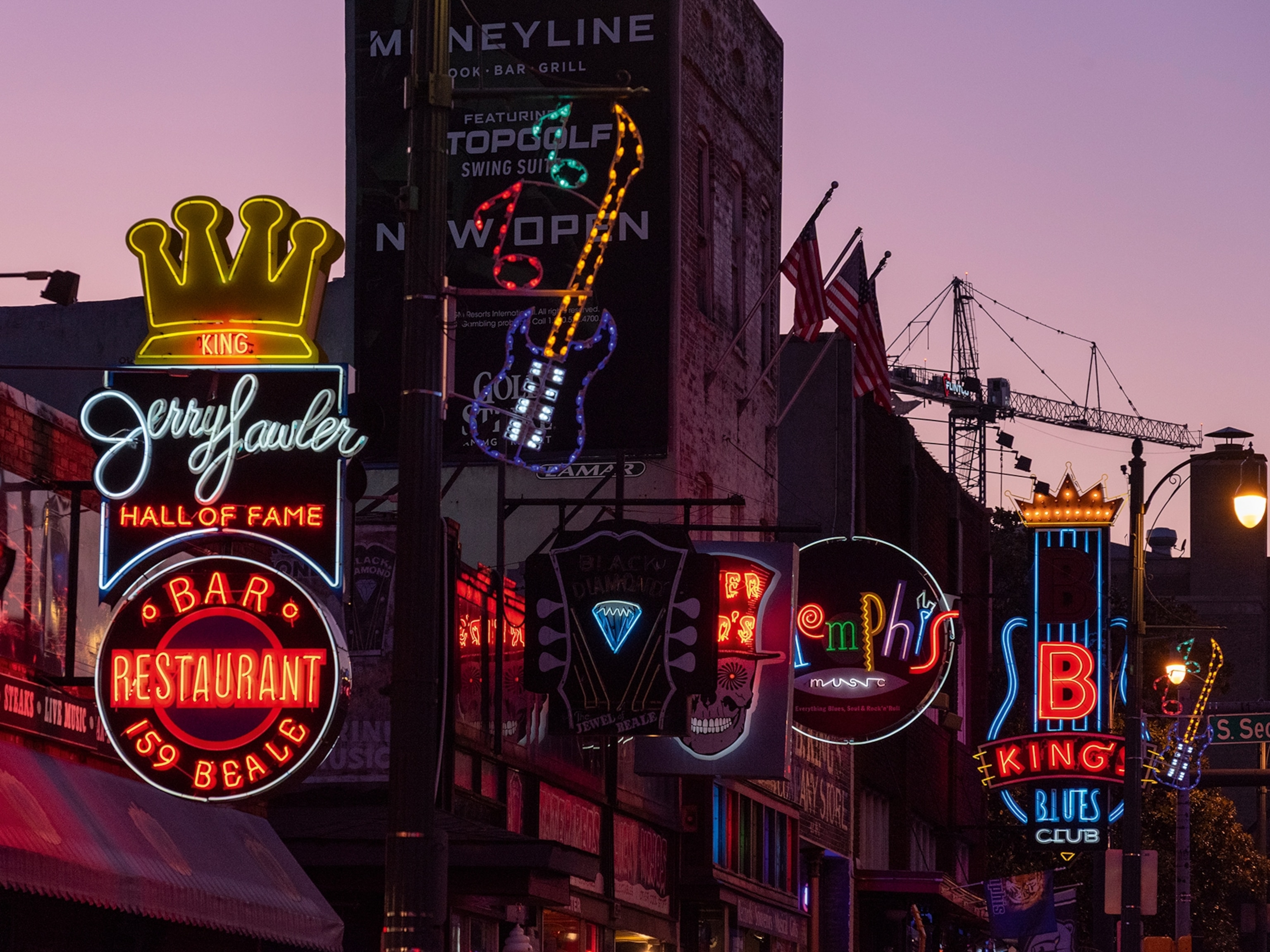Finding India's lost musicians
Photographer and filmmaker Souvid Datta traveled home to India in search of the country's fading folk music and those who play it.
Photographer and filmmaker Souvid Datta traveled to his native country of India to document folk music before globalization and urban migration completely wipe the traditions from memory. We spoke with Datta about his project and India’s musical heritage.
How did you become interested in this project?
Just over a year ago my brother and I returned to our parents’ house in India for the first time in a while. A conversation began about how so much of the Indian cultural heritage we were lucky enough to be exposed to was fading away. Wouldn’t it incredible if we could somehow travel back through our homeland in search of the last torchbearers of these ancient crafts, recording and documenting their fading arts? Wouldn’t it be the most amazing personal adventure, and potentially an important ethnographic document for wider audiences and future generations?
Why is the music fading away?
Throughout India, in towns and villages beyond the reach of tourist brochures, countless musicians play traditional instruments and melodies that have stirred souls for centuries. These artists are well known locally but are hidden, ignored by the metropolitan mainstream.
More and more, as the youth make their way to cities—drawn by economic opportunity, modern lifestyles, and Bollywood dreams—the connection to their traditional rural cultures is quickly being eroded. Fishing secrets and farming techniques that passed through generations are suddenly of less interest. And with their disappearance is also fading the traditional musical and artistic practices so intrinsically connected to these lifestyles.
The aim of our project was to rediscover some of these musicians, to collaborate with them, and to share their universal and incredibly relevant messages about the power of music.
What are the implications of this modernization and why should people care?
I remember one evening in late December last year we were listening to a leader of the Rengma tribe speak. His words held such simple and heavy weight: “We should not always give in to modern ways. We can understand and learn from them. But if we forget our own cultures then no one will ever be able to teach us again. They will be lost forever.”
For me, this statement hit home. What we were traveling around the country witnessing were not only precious and ancient cultural heritages, but also forms of historical identity, of local values and world outlooks that people had embodied through art. Seeing this fade away would be such a devastating loss, and could be prevented by simple endeavors such as our own.
Can you describe the challenges you faced traveling to these remote villages and tribes?
A lot of research went into the project before setting off. India has over 2,000 tribes and countless colorful subcultures, but we wanted to hone in specifically on musicians and artists whose practices really inspired us. Often, it happened to be the case that these groups were the hardest to access and least known in India's increasingly commercial mainstream!
Physically getting ourselves to the right place at the right times proved a challenge. Imagine us comically lugging heaped carts of camera equipment over mountaintops, under waterfalls, and through jungles.
- National Geographic Expeditions
And there were deeper issues regarding our treatment of more reclusive tribes—or those being persecuted due to their craft. What ran through everything, though, was a genuine sense of curiosity and respect in our ethos. I think this is what helped our subjects see that all we wanted to do was experience their craft and collaborate with them as fellow artists. It wasn’t always easy but trying left everyone involved challenged and inspired—and that's part of the positive outlook we're hoping to communicate through the films.
Are there any accessible festivals or performances available for people to experience this music firsthand?
There is certainly a small, growing platform for seeing many of the musicians we encountered up close. For tribal music and cultures in Nagaland, for instance, there is the incredible Hornbill Festival, a seven-day cultural fiesta held amid the mountainous backdrop of Kohima every December. For Baul music, there is Poush Mela every winter, a colorful rural carnival in West Bengal’s Shantiniketan that sees nomadic Bengali singers, tribal dancers, and folk opera acts attract millions every year. For more classical lineups, the Sawai Gandharva festival in Pune every December is arguably the largest, most popular, and most sought-after Indian classical music festival in the world, famous for its star performers and all-night concerts. And finally, the Rajasthan International Folk Festival is an annual music and arts presentation of rich North Indian traditions held in the magnificent Mehrangarh Fort in Jodhpur.
Follow Datta’s project on Facebook and Instagram for updates on the forthcoming documentary series.
This interview has been edited for length and clarity.


